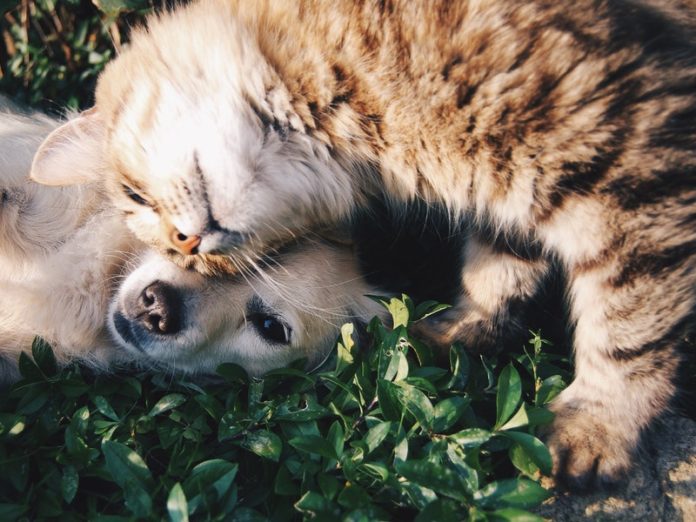The ASPCA® (American Society for the Prevention of Cruelty to Animals®) Animal Poison Control Center (APCC) is released its annual list of top toxins for pets ahead of National Poison Prevention Week (March 21 – 27) to help pet owners, veterinarians, and shelters nationwide continue to keep animals safe and healthy. In 2020, APCC, which operates 24 hours a day and 365 days a year, helped over 370,500 animals, resulting in a 13 percent increase in case volume, with cases from all 50 states and countries across the world.
Due to the COVID-19 pandemic, many pet owners spent a significant amount of time at home throughout 2020, and pets also felt the implications of stay-at-home orders. As new hobbies such as baking and gardening saw a rise in popularity, many pets had more access to potentially toxic items such as chocolate, yeast dough, and indoor and outdoor plants, which saw an 11, 51, and 40 percent increase in case volume, respectively. Additionally, adoption and foster rates were positively impacted by the pandemic with more people adding pets to their household, contributing to an overall increase in cases in 2020.
“Throughout the past year, both people and pets have experienced many challenges because of the ongoing pandemic including spending extended periods of time at home where potential toxins lurk and pose a serious threat to our pets,” said Dr. Tina Wismer, Senior Director, ASPCA Animal Poison Control Center. “Our biggest responsibility as pet owners is ensuring their health and safety, which we can do by taking small actions to pet proof our homes and protect against common dangers such as medications, food items, and plants.”
For the third year in a row, human over-the-counter (OTC) medications lead the top toxins list, making up nearly 17 percent of APCC’s total case volume. The most common items in this category include cold medications, vitamins, and pain relievers such as ibuprofen, naproxen, and acetaminophen, which can all cause life-threatening medical issues. Because these items are easily accessible to pets in homes, purses, and backpacks, the ASPCA urges pet owners to take extra precautions and keep all toxic items, especially medications, securely locked in a cabinet.
The remaining nine items on the 2020 list, making up nearly 80 percent of all APCC cases, include the following:
2. Human Prescription Medications remained at number two in 2020 with antidepressant, anticonvulsant, and cardiac medication ingestions being the most common cases. Like OTC medications, many of these prescriptions can cause gastrointestinal issues and may even lead to kidney failure.
3. Food Products continue to occupy the third spot, making up 13 percent of total cases in 2020. This year, protein and snack bar exposures along with grapes, raisins, xylitol, onions, and garlic made up most food toxicity cases.
4. Chocolate ingestion cases continue to increase year after year. APCC handles almost 76 cases of chocolate exposure each day. It’s important for pet owners to remember that the higher the cocoa content, the more dangerous the chocolate will be for your pet.
5. Plants, both indoor and outdoor, moved up three spots to number five in 2020, with the APCC seeing 9,000 more plant-related calls compared to the previous year. At the start of the pandemic, more people found themselves decorating with plants, especially succulents, or sending bouquets to friends and family. While many plants pose a serious threat to pets, there are also many pet friendly houseplants to consider.
6. The last five toxins on the list include household items such as cleaning products and paint; rodenticides; veterinary products such as pet medications; insecticides and gardening products including fertilizer.
For more information about the ASPCA Animal Poison Control Center, please visit www.aspca.org/pet-care/animal-poison-control. If you think your pet may have ingested a potentially poisonous substance, call (888) 426-4435 or contact your local veterinarian as soon as possible.



























